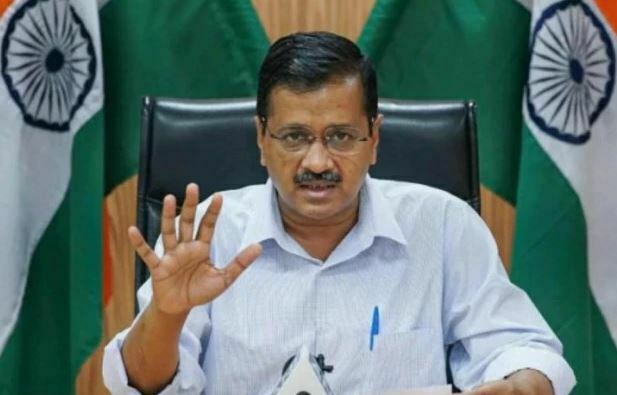New Delhi: Mathematical models of the progression of COVID-19 show it would be “possible” for Delhi to have 5.5 lakh cases by the end of July, several scientists have said while stating that community transmission of the disease may have started a while ago.
Warning of more trouble ahead, Delhi Deputy Chief Minister Manish Sisodia on Tuesday said the number of COVID-19 cases could surge to 5.5 lakh by July 31. This is dramatically higher from the city’s tally of 31,309 cases on Wednesday. India’s COVID-19 count is 2,76,583.
“The model that I used for India found that there could be around 8-10 lakh cases in India by mid or end of July. So it won’t be surprising to get to those figures (5.5 lakh) in Delhi,” Samit Bhattacharya, mathematics professor and researcher at the School of Natural Sciences at Shiv Nadar University, told news agency Press Trust of India.
“Delhi getting around 5.5 lakh cases by end July might be possible as the number of cases is growing,” Bhattacharya said.
According to virologist Upasana Ray, only epidemiologists and statisticians can comment on exact numbers and predictions.
“I believe that if the government is telling something, there must be some basis to it,” Ray, senior scientist at CSIR-IICB, Kolkata, added.
Reaching the alarmingly high figure of 5.5 lakh is possible using mathematical modelling, agreed Lovi Raj Gupta, executive dean of Science and Technology, Lovely Professional University (LPU) in Punjab.
“The validity and the accuracy would depend on the selection of the model based on the variation of data. As this is time-series data, trends and seasonality play vital role,” Gupta said.
Time series analysis is a statistical technique dealing with data in a series of particular time periods or intervals.
“You look at what is happening previously and average it out and on the basis of that you can create the differencing pattern of the future. It can be very well done using time series variation,” Gupta said.
Mathematical modelling can be used to understand how a virus spreads within a population, according to a research article published in the journal BMC Public Health.
The essence of mathematical modelling lies in writing down a set of mathematical equations that mimic reality. These are then solved for certain values of the parameters within the equations.
The solutions of the mathematical model can be refined when information already known about the virus spread is used — for example, available data on reported number of infections, the reported number of hospitalisations or the confirmed number of deaths due to the infection.
Talking to reporters after a meeting of the Delhi Disaster Management Authority, Sisodia also quoted officials from the Centre as saying there is no community transmission of COVID-19 in Delhi.
Delhi Health Minister Satyendar Jain added in a separate conversation with the media that the source of infection is “not known” in nearly half the fresh cases being reported.
Bhattacharya said community transmission “definitely” started a long time back in Delhi.
“It doesn’t mean the whole of Delhi will have infections uniformly for community transmission to happen. Nearly 30,000 infections in Delhi have already happened and according to the Delhi population it is definitely community transmission,” he said.
“As far as my understanding of disease transmission, in local transmission there is a small spike in the number of infections. After that it gradually increases, and definitely at that point starts the community transmission.” Bhattacharya added.
Ray explained that community transmission is said to happen or is a stage of disease transmission which by definition lacks exact source of transmission for many reported cases, that is the source of infection might not be traced back.
“We have seen a very long and stringent lockdown in our country. Yet, the number of cases have been seen to be rising. In many cases we can’t trace back the source.
“If the rise in COVID 19 cases can’t be linked to community transmission, then the next question should be…..what is the reason for such an increase? Is the virus more virulent? We don’t know that either. Are we bringing in infection from elsewhere? How can that be? It was a lockdown.”
While all these assumptions are true, it will not be wrong to say that just an increase in infection numbers won’t point to community transmission, Ray added.
Discover more from The Kashmir Monitor
Subscribe to get the latest posts to your email.




